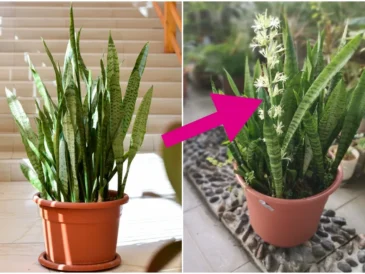Asparagus is one of the most rewarding vegetables to grow in a home garden. Though it takes patience to establish an asparagus bed, the payoff is immense: fresh, tender spears every spring for decades to come. As we approach the optimal planting season, now is the perfect time to prepare your garden and educate yourself about growing asparagus crowns. Here’s everything you need to know before getting started.
What Are Asparagus Crowns?
Asparagus crowns are the root systems of asparagus plants that are typically one year old. These crowns are dormant when purchased and are the fastest way to establish a productive asparagus patch. Unlike starting from seed, crowns allow you to skip the germination and early growth stages, leading to a quicker harvest.
Why Early Spring Is the Best Time to Plant
Asparagus crowns are best planted in early spring, as soon as the ground is workable and free from frost. This timing allows the crowns to establish themselves before the warm growing season begins. The cool, moist soil provides the perfect environment for new root growth.
Steps to Plant Asparagus Crowns
1. Choose the Right Variety
Before planting, decide which asparagus variety suits your garden. Popular options include:
- Mary Washington: A classic, disease-resistant variety with excellent flavor.
- Jersey Knight: A hybrid variety known for high yields and resistance to rust.
- Purple Passion: A unique, sweet-tasting purple variety that turns green when cooked.
2. Prepare the Planting Site
- Location: Choose a sunny spot with at least 6–8 hours of direct sunlight per day.
- Soil: Asparagus thrives in well-draining, sandy loam soil with a pH between 6.5 and 7.5. Test your soil and amend it with lime if needed to adjust the pH.
- Drainage: Ensure good drainage, as waterlogged soil can cause the crowns to rot. Consider raised beds if your garden tends to retain water.
3. Amend the Soil
Enrich the soil with organic matter such as compost or well-rotted manure. Asparagus is a heavy feeder, so adding a balanced fertilizer rich in phosphorus (e.g., bone meal) will help establish a strong root system.
4. Dig Trenches for the Crowns
- Dig trenches that are 12–18 inches apart, with each trench being about 6–8 inches deep and 12 inches wide.
- Create small mounds of soil in the bottom of the trench, spaced 12–18 inches apart.
5. Plant the Crowns
- Place each asparagus crown on top of a soil mound, spreading the roots out like a star.
- Cover the crowns with 2 inches of soil, leaving the rest of the trench open.
6. Water Thoroughly
Water the newly planted crowns well to settle the soil and ensure good root contact.
7. Gradually Fill the Trench
As the asparagus shoots grow, gradually fill in the trench with soil. This process helps the plants establish deep, strong roots.
Tips for Long-Term Success
1. Don’t Harvest Too Soon
TO CONTINUE READING THE ARTICLE PLEASE SEE PAGE 2




